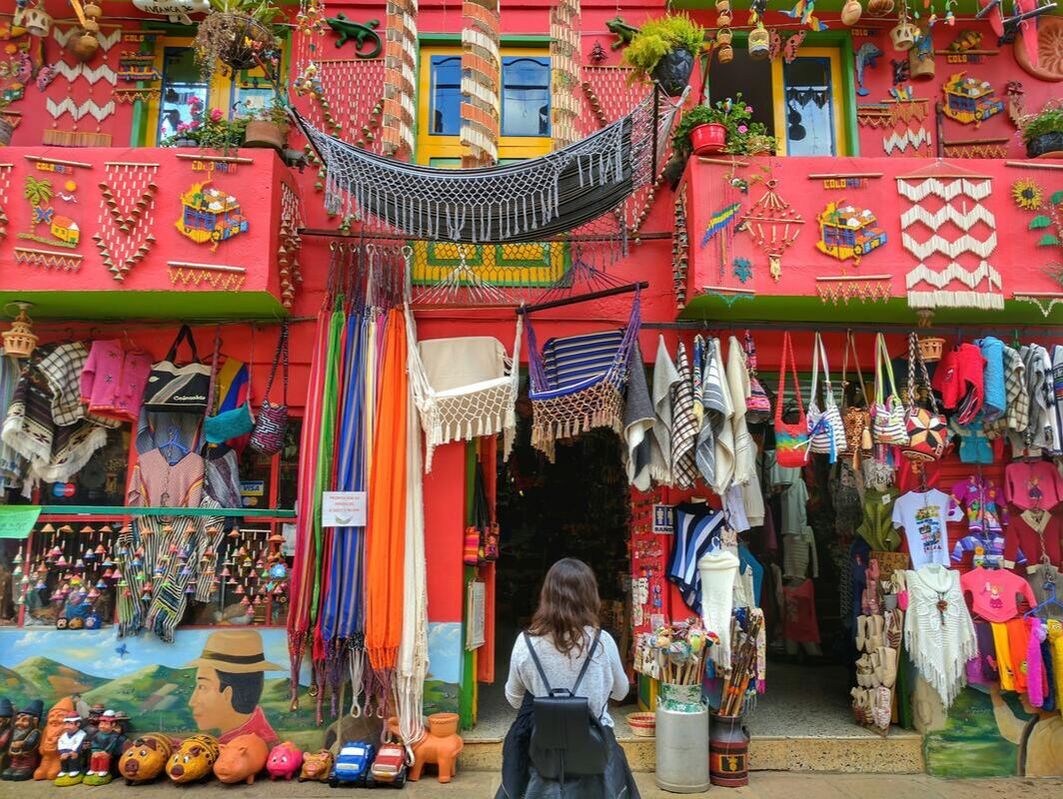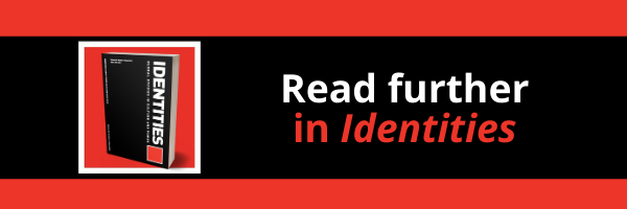|
|
|
In the wake of Colombia’s national branding as a pluri-ethnic nation, on the one hand, and of Black and Indigenous social movements denouncing racism, ethno-racial inequality, systemic necropolitics (Mbembe, 2003; Alves, 2014) and social injustice, on the other hand, Bogotá’s municipal ‘multicultural turn’ in the 2010s seemed a precious opportunity to partly reconcile the ambivalent reality of Colombia’s multiculturalism, torn as it is between the pluri-ethnic reality of its social constituencies and the simultaneous inclusion (often as commodification) and exclusion (racialisation) of its ethnic minorities.
In particular, the latest POT (Plan de Ordenamiento Territorial, or Land Use Planning) — that determines urban growth in Bogotá for a span of at least 15 years — and its first Ethnic Focus (or Ethnic Approach; Enfoque Étnico Diferencial, in Spanish) in the late 2010s, could have been an opportunity to develop an understanding of urban dynamics informed by ‘race’ and racism, whereby patterns of racialisation and antiblackness in the space of the city could be finally and formally acknowledged by the public administration and Colombian urban professionals (planners, architects, land economists, geographers, urban sociologists, etc.) — for the majority of whom urban inequality has long been conceived as a socioeconomic matter devoid of any racial inflection. However, as elsewhere in Latin America, the municipal ‘multicultural turn’ in Bogotá largely missed that opportunity. In my Identities article, ‘The governmentality of multiculturalism: from national pluri-ethnicity to urban cosmopolitanism in Bogotá’, I detail the ambiguities inherent to Colombia’s pluri-ethnic turn at the urban scale, from a situated perspective on its capital city, Bogotá: inclusive and plural in its narrative and for which concerns the extraction of value from ‘ethnic presence’ in the city, but exclusive and tailored at regulating (constraining) ‘diversity’ through its policies and planning practices.
My research exposes how the alleged ‘multicultural turn’ in Bogotá’s urban planning diverted attention from structural racism in the spaces of the city towards a depoliticised acceptation of ‘cultural diversity’. In other words, it transfigured racial discrimination in the city (i.e. in the housing market, the everyday policing of non-white and non-mestizo bodies in public spaces, the access to green and leisure infrastructure, urban mobility, estratificación — or macro-segregation, etc.) into a merely cultural matter — or, as an informant from the Public Administration told me, ‘cultural preference’.
Drawing on two years of longitudinal fieldwork in Bogotá and interviews with public officers and bureaucrats, urban planners, architects, Afro-Colombian social organisations and activists, and other urban denizens, my research shows how ‘ethnic diversity’ and Afro-Colombian (as well as indigenous) presence in the city are manipulated and commodified, while little attention is paid to structural and everyday racisms and to their spatialisation in the city. My analysis ultimately sheds light on the ways in which the effectiveness of anti-racism and the potential of reparative justice in city-making were hindered in current neoliberal urban development frameworks. In Bogotá, as in other Latin American cities, there is still a long way to go in the recognition of how urban space and place are racially produced, lived, designed and imagined. However, it is important not to dismiss a hopeful sense that Latin America’s pluri-ethnic and multicultural turn can actually help to overcome the current neoliberal urban trend, rather than being merely exploited by it. After all, the multicultural turn — in Colombia and elsewhere across the region — was driven by the collective efforts of an intertwined and heterogenous civil-social infrastructure that was largely centred upon the work of Black and Indigenous social movements and upon alternative (anti-extractivist and ‘pluriversal’) ontologies of life. As such, pluri-ethnic Latin American cities constitute a favourable ground not only for the contestation of neoliberal planning regimes, but also to re-politicise multiculturalism as a conflictual but imaginative locus from which we can radically rethink the spatial politics of city-making and collective life.
Image credit: Michael Barón on Unsplash
Blog post by Giulia Torino, University of Cambridge, UK
Read the Identities article: Torino, Giulia. The governmentality of multiculturalism: from national pluri-ethnicity to urban cosmopolitanism in Bogotá. Identities: Global Studies in Culture and Power. DOI: 10.1080/1070289X.2021.1994228 [Open Access]
Explore other relevant Identities articles:
The centrality of neoliberalism in Filipina/o perceptions of multiculturalism in Canada and the United States Cosmopolitanism and integrationism: is British multiculturalism a ‘Zombie category’? Making a place in Footscray: everyday multiculturalism, ethnic hubs and segmented geography
0 Comments
Your comment will be posted after it is approved.
Leave a Reply. |
|
Explore Identities at tandfonline.com/GIDE |
|
The views and opinions expressed on The Identities Blog are solely those of the original blog post authors, and not of the journal, Taylor & Francis Group or the University of Glasgow.


